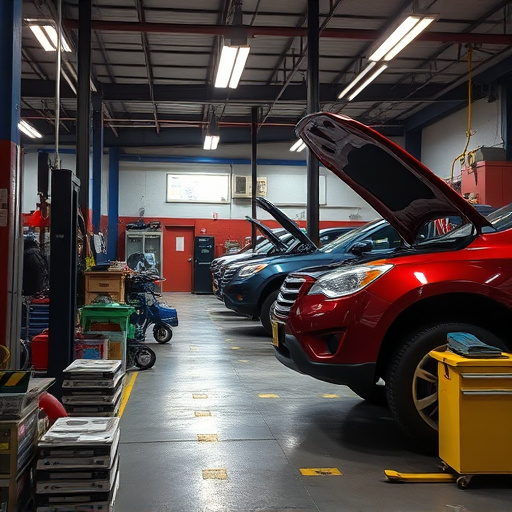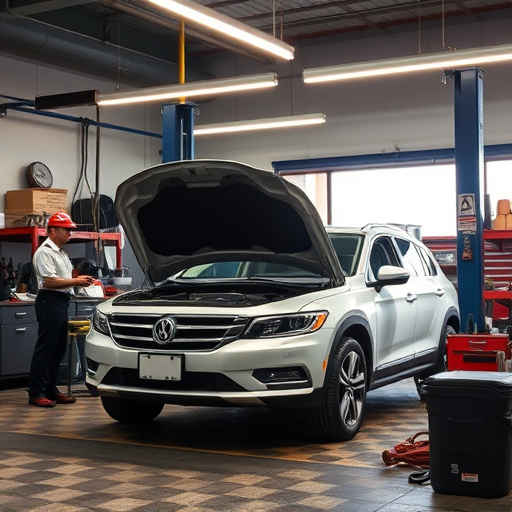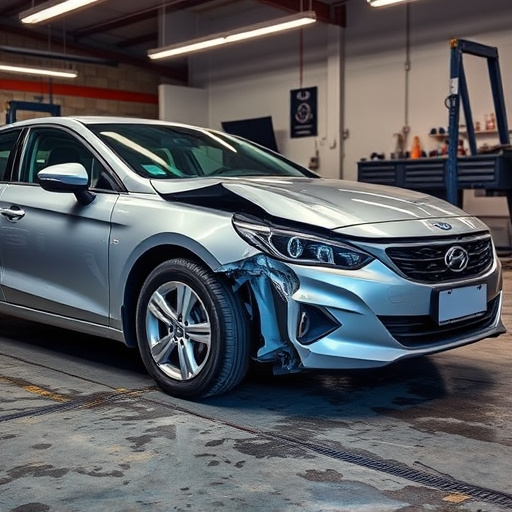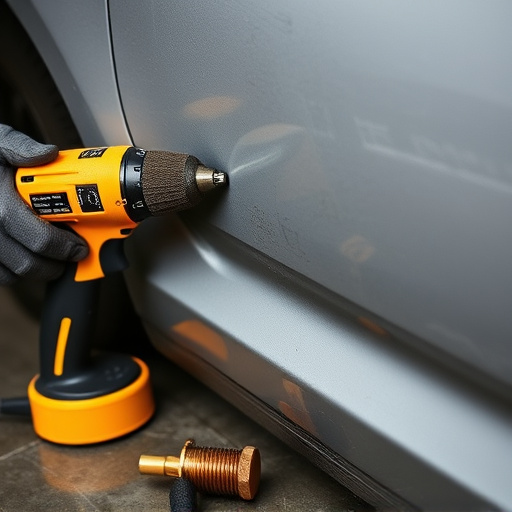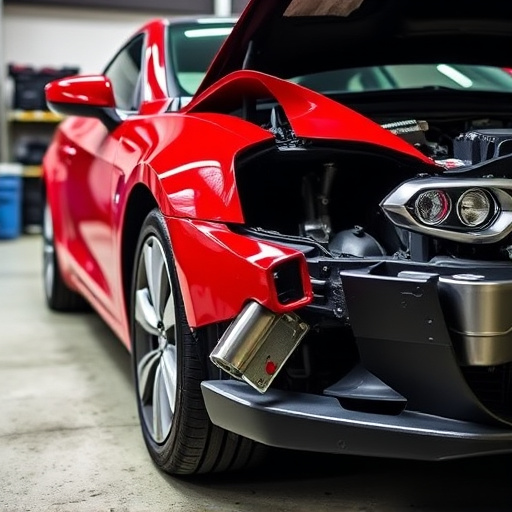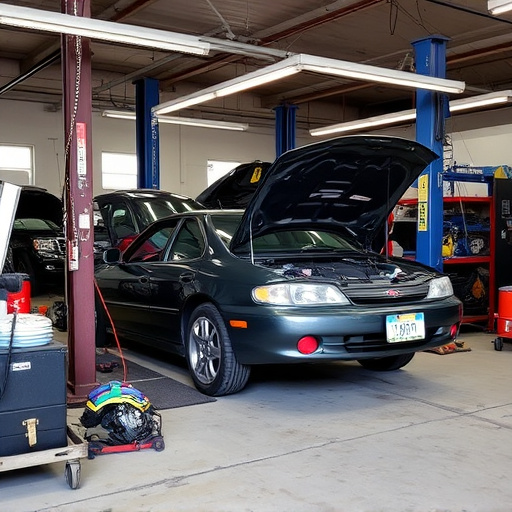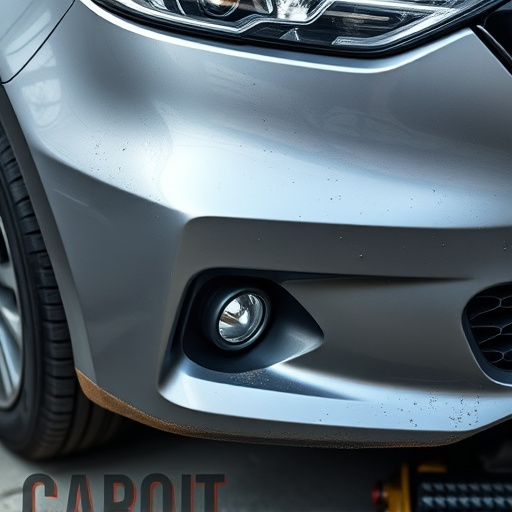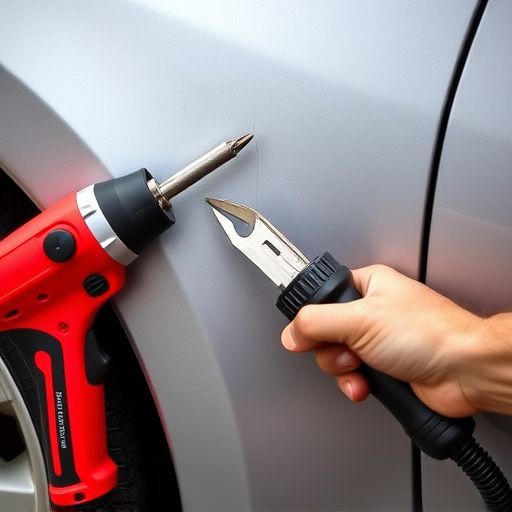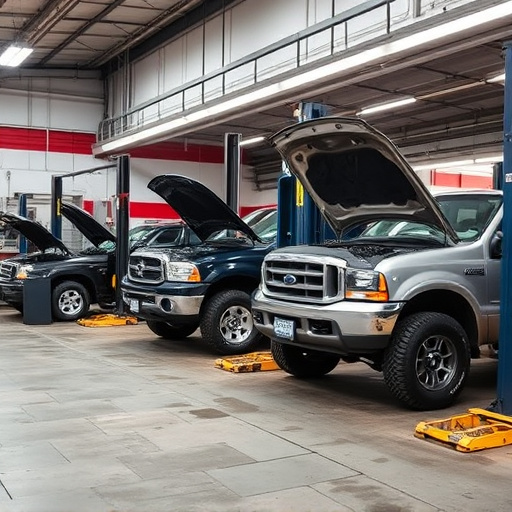UV curing systems harness UV light to swiftly and efficiently harden materials, revolutionizing automotive repair, coatings applications, printing, electronics, and construction. These systems offer unparalleled speed, precision, and cost-effectiveness, ensuring superior quality finishes, reduced turnaround times, and enhanced durability against environmental factors like rust and corrosion.
“Unleash the power of light with UV curing systems—a revolutionary technology transforming diverse industries. This comprehensive guide dives into the essentials, exploring how these systems harness ultraviolet (UV) light for rapid and efficient curing. From understanding the science behind it to dissecting equipment design and its widespread applications, we demystify UV curing.
Whether you’re in printing, coatings, or healthcare, this article promises insights into the benefits and potential of these cutting-edge UV curing systems.”
- What are UV Curing Systems and How Do They Work?
- Components and Design of UV Curing Equipment
- Applications and Benefits in Various Industries
What are UV Curing Systems and How Do They Work?
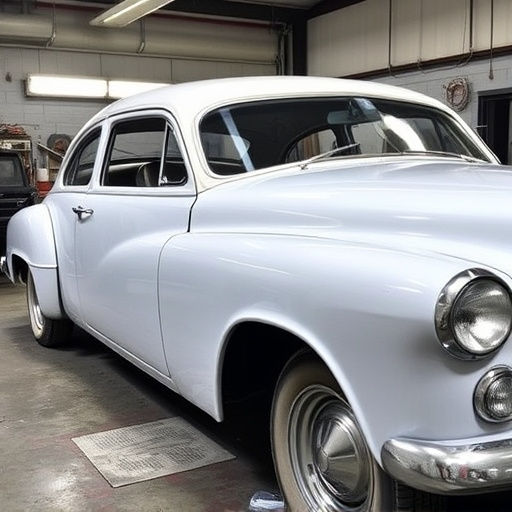
UV curing systems are innovative technologies that have transformed various industries, including automotive and coatings applications. These systems utilize ultraviolet (UV) light to rapidly cure or harden materials, offering a fast and efficient alternative to traditional drying methods. The process involves emitting UV radiation, typically in the form of UV-A or UV-C light, which initiates a chemical reaction within the material being cured. This reaction leads to the formation of strong molecular bonds, resulting in quick hardening and an incredibly robust finish.
In car repair shops and auto glass replacement scenarios, UV curing systems have gained popularity due to their speed and precision. They ensure that coatings, adhesives, and sealants set quickly, allowing for faster turnaround times in car repair services. This technology is particularly useful when dealing with clear coats, as it minimizes the risk of yellowing or imperfections often associated with traditional drying methods, ensuring a high-quality finish on auto glass replacement projects.
Components and Design of UV Curing Equipment
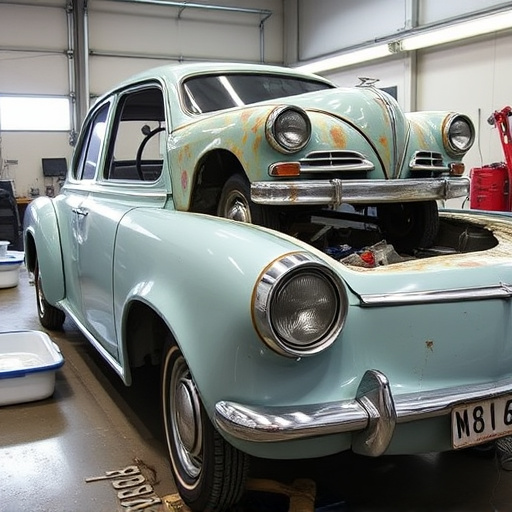
UV curing systems are designed to quickly harden resins using ultraviolet light. These systems typically consist of three main components: a UV lamp or light source, a control system, and a substrate holder. The UV lamp emits intense ultraviolet radiation that initiates chemical reactions in the resin, causing it to cure rapidly. Control systems regulate the intensity, duration, and timing of UV exposure, ensuring precise and consistent curing. Substrate holders securely position the material being treated, allowing for even UV distribution across its surface.
In the context of vehicle dent repair and auto body services, UV curing equipment plays a crucial role in collision repair shops. By offering high-speed curing times, these systems streamline the painting process, reducing labor costs and turnaround times. The ability to cure resins quickly and efficiently makes UV curing systems a popular choice for modern auto body repairs, contributing to higher quality finishes and increased customer satisfaction.
Applications and Benefits in Various Industries
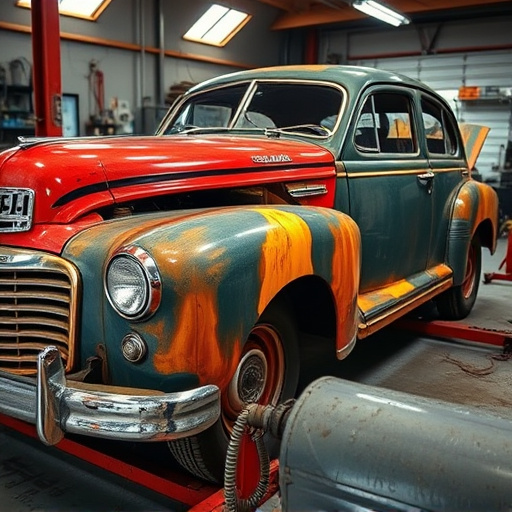
UV curing systems have revolutionized numerous industries due to their precision, speed, and efficiency in various applications. These systems utilize ultraviolet light to initiate a chemical reaction, hardening and curing adhesives, coatings, inks, and other materials in mere seconds. This rapid curing process significantly reduces production times and enhances overall productivity in industrial settings.
One of the most notable areas where UV curing systems have made a substantial impact is in vehicle collision repair and automotive manufacturing. By employing these systems, car dent repair processes are streamlined, ensuring faster repairs with superior quality finishes. Moreover, UV curing offers enhanced durability and resistance to environmental factors, making it ideal for protecting vehicles against rust and corrosion. This technology’s versatility extends beyond cars to other industries such as printing, electronics, and construction, where it provides precise, quick, and consistent results.
UV curing systems have revolutionized various industries by offering swift, efficient, and eco-friendly curing solutions. By understanding the fundamental principles, key components, and diverse applications outlined above, businesses can harness the power of UV technology to enhance productivity, improve product quality, and contribute to more sustainable practices. This knowledge is essential for anyone looking to integrate advanced curing techniques into their manufacturing or material application processes.
